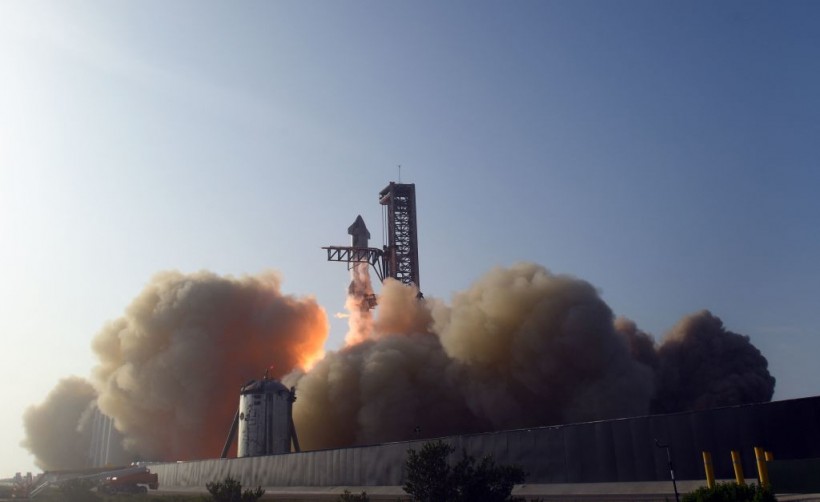SpaceX's Starship just recently had its flight test that ended with an explosive climax. Now, the US government has reportedly grounded it due to claims regarding potentially harmful debris showered over homes, beaches, and habitats of endangered species.
SpaceX's Starship Under Investigation
As per Live Science, the Federal Aviation Administration (FAA), which is the civil aviation regulatory body in the US, has prohibited SpaceX from furthering their launches until they are able to investigate the rocket's launch last April 20.
CNBC notes that the main concern is the huge quantity of ash- and sand-like particles and debris that the launch ended up showering. These emissions rained past the assumed field of debris, which has led the anomaly response plan of FAA to take part, as these particles showered over residents of Port Isabel, Texas. This area is situated roughly 6 miles from where the Starship was launched.
Aside from that, debris also rained over Boca Chica coasts, which houses several endangered animals.
As per Dave Cortez, the Sierra Club environmental advocate group's chapter director and residents of Port Isabel reported damaged windows in establishments and ash-like particles blanketing their homes and schools.
Moreover, the launchpad itself also faced extensive damage, such as shattered concrete and twisted and charred metals. The launch force also left an impact crater behind.
Live Science adds that in contrast to other launch areas for huge rockets, the Boca Chica site of SpaceX falls short of a deluge system and a flame trench. The deluge system is meant to flood pads with foam or water that can suppress shockwaves, while the flame trench should have safely channeled exhaust that is burning.
The investigation is part of FAA's protocol when rockets end up faltering. It is necessary for the investigation to conclude that the ship does not pose any threats to the public before Starship gets another go signal for re-launching. Moreover, the company may need to comply with more environmental mitigations before launch license reapplication.
SpaceX's Starship Launch
Aboard the Super Heavy booster, SpaceX's Starship saw its first orbital launch last April 20. The total flight lasted for less than four minutes before it ended in an explosive climax, as reported by IGN.
The Starship is currently the biggest and most potent rocket that humanity has ever heard of. It has the capacity to board 10 times that of SpaceX's Falcon 9 rockets. Starship was crafted to bring satellites, spacecraft, cargo, and crew members to various areas across the solar system.
SpaceX CEO Elon Musk tweeted on April 22 that three months before the launch, the company started a huge steel and water-cooled plate to be situated under the launchpad. However, this failed to be ready by the time the Starship was launched.
3 months ago, we started building a massive water-cooled, steel plate to go under the launch mount.
Wasn’t ready in time & we wrongly thought, based on static fire data, that Fondag would make it through 1 launch.
Looks like we can be ready to launch again in 1 to 2 months.— Elon Musk (@elonmusk) April 21, 2023
Elon Musk adds, however, that the re-launch could be ready in one to two months.
RELATED ARTICLE: Elon Musk: SpaceX's Starship Test Launch Only Has 50% Success Rate, Might Even Explode Like Its Predecessors
Check out more news and information on SpaceX in Science Times.















